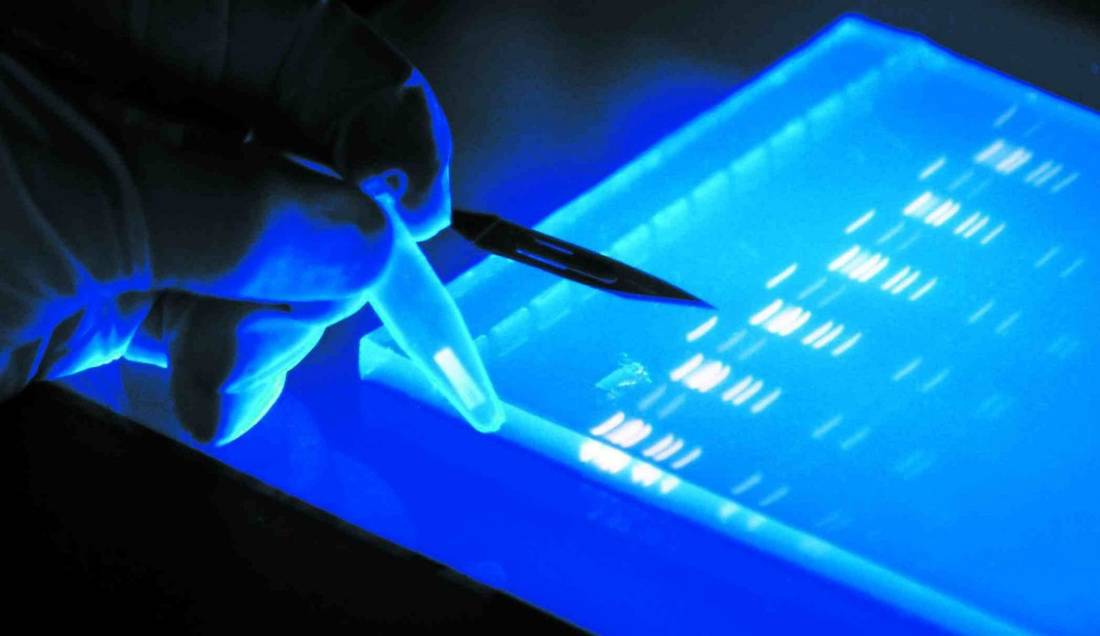Core Practical 16 – From Topic 7 (Run For Your Life)

Aim
To investigate the rate of respiration.
Control Variables
- Number of organisms – 5g of maggots will be used
- Temperature – same temperature used for each setup
- Time – Recordings of volume increase will take place every minute for 5 minutes
Equipment
- Respirometer
- Soda lime
- Coloured liquid
- 5 g of maggots
- Cotton wool
- Stopwatch
- Marker pen
Control
Experiment can be carried out with plastic beads in the tube as a negative control (as plastic beads shouldn’t respire).

Respirometer
Method
- Place 5g of the organism (maggots) into the tube and replace the bung.
- Introduce a drop of dye into the glass tube.
- Open the connection (three-way tap) to the syringe and move the fluid to a convenient place on the pipette (i.e. towards the end of the scale that is furthest from the test tube).
- Mark the starting position of the fluid on the pipette tube with a permanent marker.
- Isolate the respirometer by closing the connection to the syringe and the atmosphere and immediately start the stopwatch.
- Mark the position of the fluid on the pipette at 1 minute intervals for 5 minutes.
- At the end of 5 minutes open the connection to the outside air. Measure the distance travelled by the liquid during each minute (the distance from one mark to the next on your pipette).
- If your tube does not have volumes marked onto it, you will need to convert the distance moved into the volume of oxygen used.
- Record your results in a suitable table.
Results & Calculations
If your tube does not have volumes marked onto it, you will need to convert the distance moved into the volume of oxygen used. The volume used = πr2 × distance moved, where r = the radius of the hole in the pipette.
Record your results in a suitable table. A mean oxygen uptake and standard deviation value can also be calculated.
Conclusion
Oxygen molecules are absorbed by the organism and used in respiration. The same number of carbon dioxide molecules are released but these are absorbed by the soda lime. This reduces the pressure inside the test tube (fewer molecules = lower pressure). Atmospheric pressure pushes the liquid along the tube, until the pressure in and outside the tube is equal. Oxygen is the final electron acceptor, and it eventually combines with hydrogen to make water. The carbon dioxide comes from the carbon dioxide released in the link reaction and the Krebs cycle as the carbohydrate is broken down.
Evaluation Points
- Differences in the maggots (random error) – use genetically identical maggots
- Varying temperature (random error) – repeat experiment but place set-up in a water bath at 30°C for a constant temperature
Simple Respirometer
Advantage – Very simple to set up, minimal number of connections makes a good seal easier to obtain.
Disadvantage – Cannot be reset, needs a control tube used alongside it, no scale so measurements are less accurate.
U-tube Respirometer
Advantage – Does not need an additional control, syringe allows the dye in the apparatus to be reset.
Disadvantage – Tendency for connections to leak in old models, more expensive.







Leave a Reply